Eight ways you can cut your carbon footprint
Learn what you can do to limit the climate-warming gases associated with your lifestyle
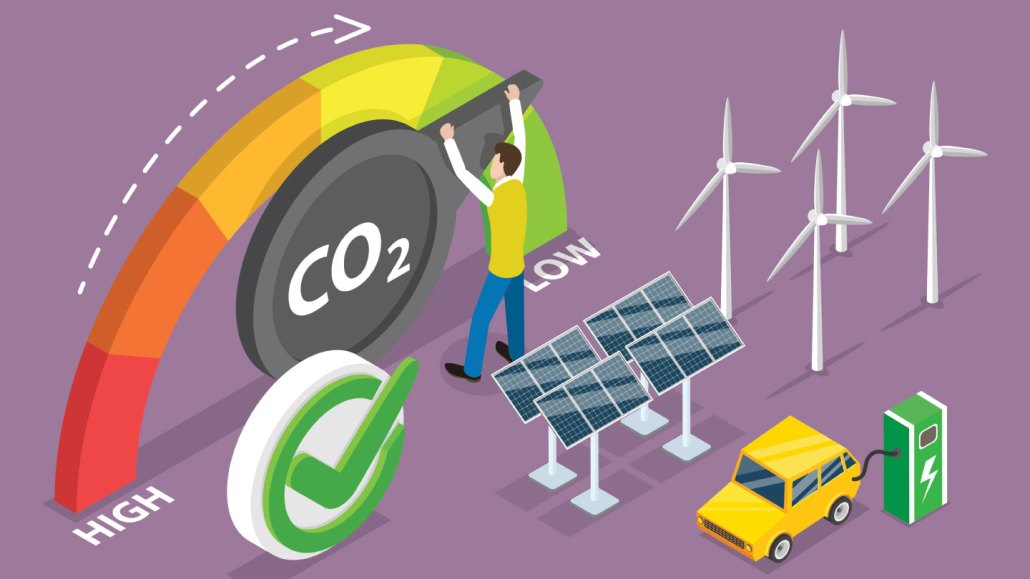
Through daily choices, we can shrink our carbon footprint and reduce planet-warming greenhouse gases.
TarikVision/iStock/Getty Images Plus
Share this:
- Share via email (Opens in new window) Email
- Click to share on Facebook (Opens in new window) Facebook
- Click to share on X (Opens in new window) X
- Click to share on Pinterest (Opens in new window) Pinterest
- Click to share on Reddit (Opens in new window) Reddit
- Share to Google Classroom (Opens in new window) Google Classroom
- Click to print (Opens in new window) Print
By Laura Allen
Your carbon footprint. It’s how scientists describe the sum of all the planet-warming gases emitted as you go through your daily life. It covers the carbon-based pollutants — mainly carbon dioxide (CO2) and methane (CH4) — associated with everything from powering our homes to getting around, producing our food and making all the stuff we buy. Globally, Americans, on average, tend to have the biggest carbon footprints. And bigger footprints drive more global warming. The good news: There are dozens of things each of us can do to shrink the size of that footprint.
Here are eight that many scientists suggest we start with. Some are easy and cost little to nothing. Others may require effort, time and money. A few may even be out of reach right now, depending on where we live. But even small individual efforts add up, especially when we combine them with changing policy. And there’s more good news: Many of these changes will improve our health as well as the climate. And in the long run, most will save us money.
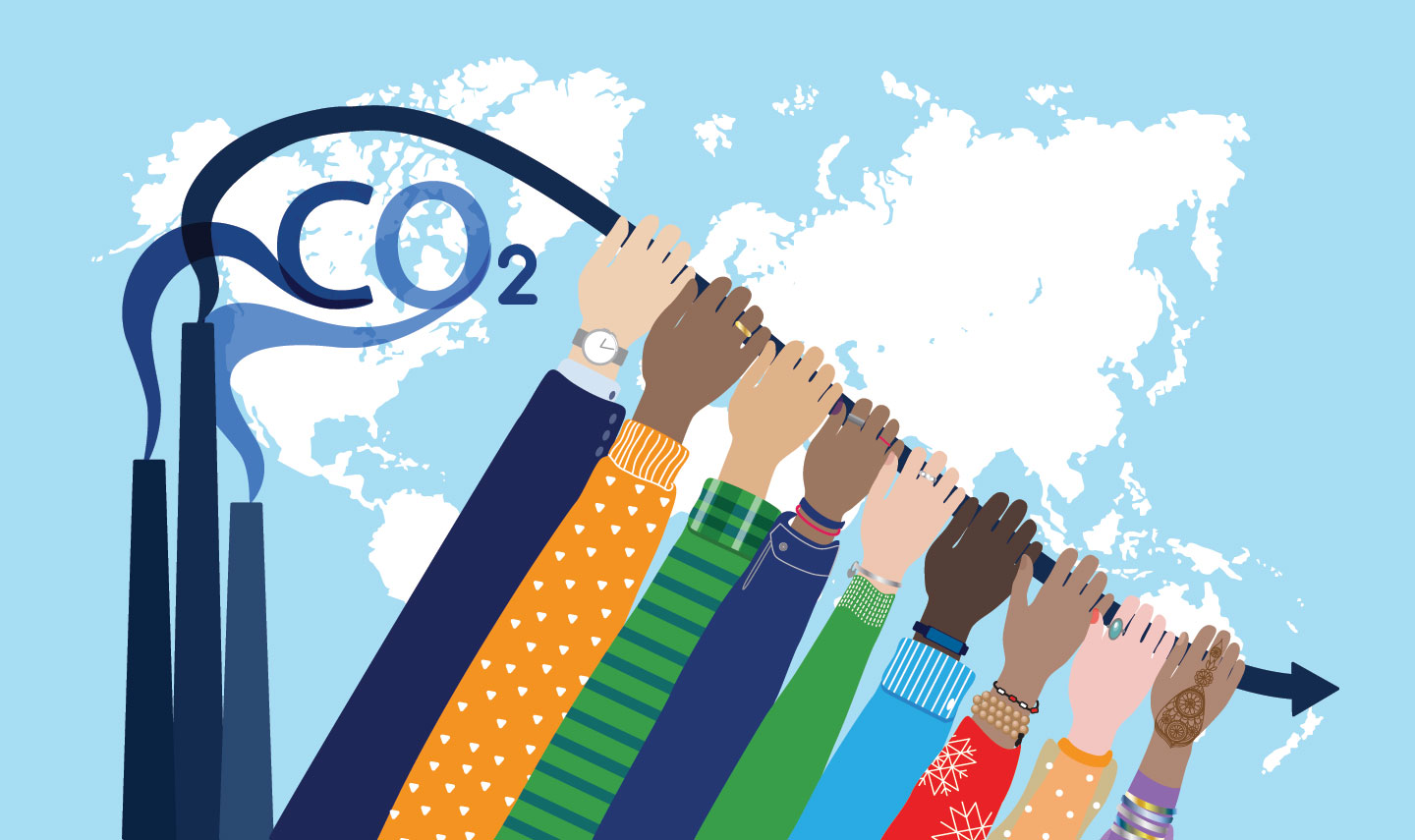
1. Slash food waste
About one-third of all food gets wasted each year. That figure comes from the United Nation’s Food and Agriculture Organization in Rome, Italy. Producing food that won’t be eaten wastes valuable resources, including energy. It also creates a lot of greenhouse gases. Emissions of those gases from producing uneaten food has the warming potential of about 3.5 billion tons (gigatons) of CO2. That amount is higher than the total greenhouse gas emissions of any single country other than the United States or China.
So one good way to reduce greenhouse emissions is to “eliminate food waste,” says Nick Hewitt. He’s a climate scientist at Lancaster University. It’s in the United Kingdom.
Fossil fuels are used to make fertilizers, power equipment and irrigate fields. They provide the energy to process, package and transport foods. Any food thrown into the trash will likely be sent to a landfill, where it releases methane as it rots. And as a greenhouse gas, methane is 80 times more powerful than CO2.
Although food waste starts at the farm, we do have control over what we buy. Hewitt took part in one study that showed someone could slash their food carbon footprint by 12 percent by not wasting purchased food. One tip: Buy only as much food as you plan to use. This saves money, too. And for food that isn’t eaten, dump it into a compost heap. This recycles nutrients to make new soil. It also keeps your old food from releasing methane in the landfill.
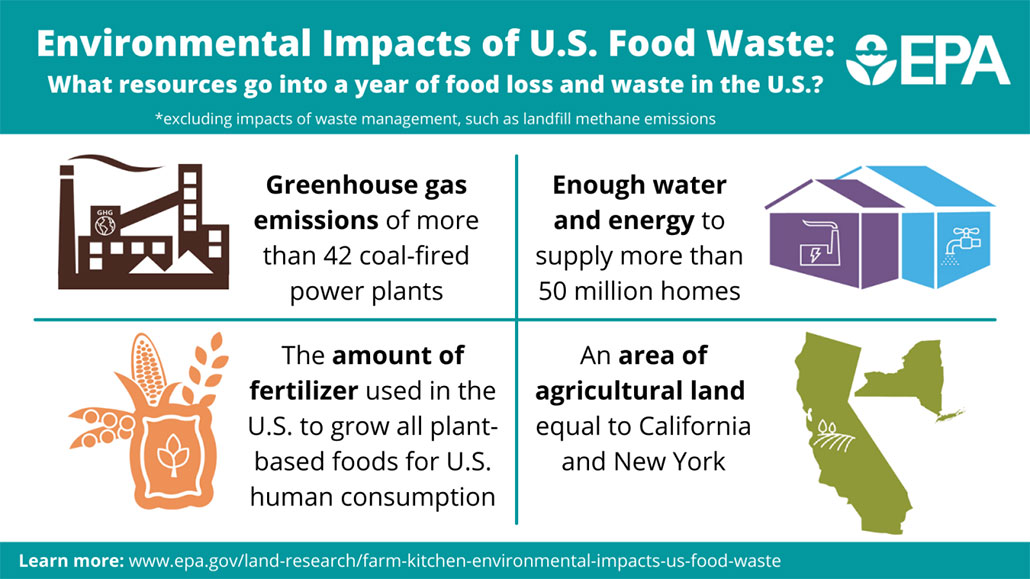
2. Eat more plant-based foods
Food accounts for about one-third of the total greenhouse gas emissions for a typical American or British household, Hewitt says. That’s on par with emissions from heating a family’s home. And much of that pollution is linked to meat and dairy. Animal-based foods produce more than twice as much emissions as plant-based foods. The finding comes from a September 2021 study in Nature Food.
Another study, by Hewitt’s team, found that cutting meat from the diet reduced food-related greenhouse emissions by more than one-third. The most impactful switch, Hewitt says, is to skip beef and lamb and cut back on dairy. Why? These animals use more resources per pound of food they produce. Cows, especially, also burp out methane.
The next best way to cut food-related emissions is to switch from eating beef and lamb to eating pork or chicken. This lowered emissions by 18 percent, Hewitt’s group found.
Eating less meat could also help your body. According to the Academy of Nutrition and Dietetics, plant-based diets are healthful and can help lower the risk of diseases such as heart disease, some cancers and diabetes.
3. Use less energy
At Lawrence Berkeley National Laboratory in California, Jared Langevin uses computer models to study energy use. When he bought a new home, he set to work cutting how much energy it used. Most U.S. electricity comes from a mix of sources, including fossil fuels. Unless a home is fully powered by renewable sources, such as wind and solar, he notes, people will need to use less electricity to cut their energy carbon footprint. Currently, electric power use at home accounts for around one-fifth of all U.S. greenhouse gas emissions.
Langevin started with the easiest actions in his home. LED bulbs use 90 percent less energy than conventional light bulbs and last up to 25 times longer. So that’s what he now uses. Next he upgraded to appliances that were certified as efficient by the U.S. Department of Energy (DOE) Energy Star program. These use less power, typically 15 percent less. In 2020, DOE says, Energy Star products saved 180 million tons of greenhouse gas emissions.
Then Langevin cut out electricity “vampires.” Many electronic devices don’t fully turn off. TVs, stereos, printers and more sit in standby mode so they can quickly turn on and respond to remote controls. That standby mode constantly draws energy — even when a device is not in use. So Langevin plugged his electronics into smart plugs and smart-power strips. They cut power to attached devices that are not in use. The National Renewable Energy Laboratory estimates that a home can save $200 each year, on average, by cutting out vampire loads.
Internet-connected “smart” thermostats can also better manage heating and cooling. By dialing back use when people are not home, Energy Star’s smart thermostats save an average of 8 percent on heating and 10 percent on cooling.
4. Jacket your home with insulation
When it’s chilly out, a puffy jacket holds in our body heat to keep us warm. Insulating our homes does much the same thing. Thick insulation in the walls, attic and floors — along with double- or triple-paned windows — keeps heat inside in winter and outdoors in summer. Roughly four in every five U.S. homes, Langevin notes, would save energy costs and cut greenhouse gas emissions if they added more insulation.
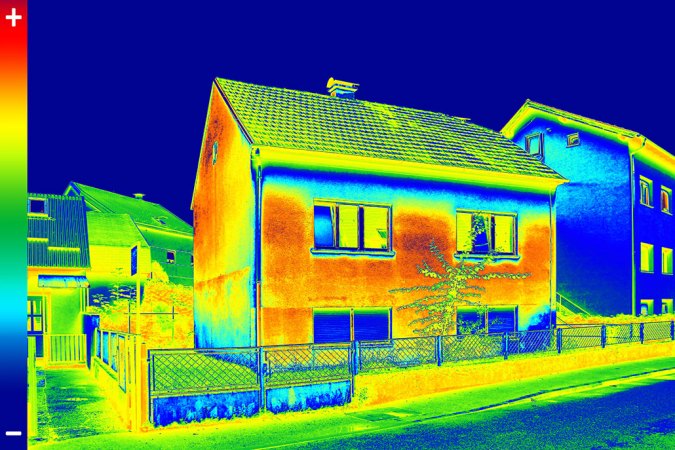
To start, seal up leaks around windows and doors with caulking and weather-stripping. This is like zipping up your jacket to keep the cold air from blowing in. Next, Langevin recommends adding insulation to floors, ceilings and attics. There are even ways to insulate exterior walls by drilling a hole and spraying insulation into the wall. Energy Star-certified windows will probably outperform those that are more than 15 years old, he adds.
Such improvements can save up to half of a home’s energy use — and costs. That’s according to the American Council for an Energy Efficient Society.
“Every home is different,” Langevin says. So conduct an energy audit to gauge how much energy your home uses — and loses. There are online resources to do this. Or your family can hire a professional. Once you have a list of improvements to make, start with the easy ones, he advises.
Reducing home energy use will also allow power companies to get rid of their more polluting sources of energy sooner, says Langevin. So improving home insulation is “an unsung hero” in our transition to clean energy.
5. Go efficient and all-electric
Many homes burn fossil fuels indoors for heating, hot water and cooking. If yours does, “consider switching to efficient electric alternatives,” says Langevin. This can really shrink your carbon footprint. Consider, for instance, an induction cooktop. This new form of electric cooking is more powerful than gas or a regular electric stove. It’s also much more energy efficient. This switch will also improve your home’s air quality, new research shows.
A big part of our carbon footprint — about 15 percent — comes from heating homes in winter. An equal amount comes from cooling them in summer. Vijay Modi recommends heat pumps to do both jobs. Modi is a mechanical engineer at Columbia University in New York City.
A heat pump works a bit like a refrigerator (to cool in summer) that can also work in reverse (to heat in winter). Most run on electricity. Heat pumps can be three to four times more efficient than other types of heating, notes Modi. An April 2022 study in Energy Policy found that homes could cut carbon emissions by half to two-thirds or more over 20 years by switching from a gas furnace to a heat pump. New 2023 U.S. tax credits can help families make the switch to such a system.
Your electricity can also be lower-carbon if it comes from renewable sources rather than fossil fuels. Where possible, buy electricity made by sources such as wind, hydro or solar. Many people can buy cleaner power right from their electric company, notes Langevin. (Currently, about half of U.S. customers have this option.) Energy costs tend to be slightly higher for such green power.
Installing solar panels on your home is a more direct way to get clean power. In many areas, the government or power company will offer rebates or a tax break for putting solar-electric panels on your home.
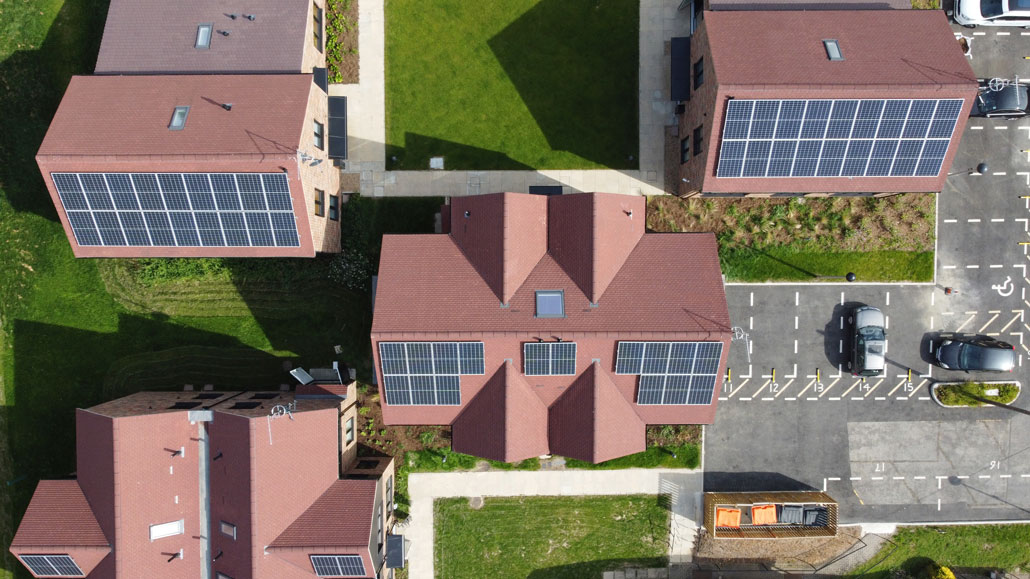
6. Grow more native plants
Trees and other plants suck carbon out of the air and store it in their vegetation and the soil. This carbon sequestration (See-qwess-TRAY-shun) is one way our yards can help tackle greenhouse gases, notes Antti Kinnunen. He’s an environmental scientist at Aalto University in Espoo, Finland. Yards can add up to half of the green space in many cities, he says. Those trees and plants shade and cool cities. This reduces air-conditioning costs during hot weather.
Which plants are best? Trees store more carbon than other species, says Kinnunen. But it takes time for new trees to grow and store a lot of carbon. Fast-growing grasses, flowers and bushes start storing carbon sooner than trees.
A mix of plants is often the best choice. Where possible, keep existing plants, because they’re already absorbing carbon. If you’re planting new ones, “plant native species,” Kinnunen advises. These are adapted to grow well in your local climate.
He also recommends “carbon smart” yard care. By this, he means ignore fallen leaves, where possible, and limit mowing. Leaves and vegetation on the ground help transfer carbon into the soil. If you do cut grass or move leaves, avoid gas-powered tools.
Karen Holl encourages people to also get involved in local plant-restoration projects. She’s an ecologist at the University of California, Santa Cruz. Such projects can help grow more trees or native plants in your community.

7. Green your travel
For people who use cars or trucks, running vehicles can make up the largest chunk of their carbon footprint. That’s why Aritra Ghosh advises people to walk more, ride bikes or take mass transportation (trains and buses). Ghosh is an environmental scientist at the University of Exeter in England.
Need a greener way to get to school? The group Safe Routes to School helps kids plan safe, car-free trips to school.
If you need to use a car, Ghosh says, consider an electric vehicle (EV). Making these — or any cars — generates a lot of pollution. But once they hit the roads, EVs don’t emit planet-warming gases. On average over its lifetime, an EV makes just one-fourth as much CO2 as a gas-powered car. As charging stations use more renewable energy, an EV’s carbon footprint will shrink even more. In Oregon, which has cleaner electricity than most U.S. states, an EV creates just 8 percent as much CO2 as a gas-powered car each year.
EVs may even save motorists money. In much of the U.S., the cost to charge these cars is often far less per mile traveled than the cost of liquid fuels. That’s according to a report from the University of Michigan in Ann Arbor. Overall, 90 percent of people who own vehicles would save some money with an EV. The team shared its findings Jan. 11 in Environmental Research Letters.
Some governments are already pushing this transition to electric vehicles. The European Union voted to ban sales of new gas cars after 2035. The states of California, Oregon and Washington have agreed to much the same.
One challenge to EVs is powering them. Right now, there are more gas stations than EV-charging stations. But that is changing. The U.S. Federal Highway Administration has just announced plans to install new charging stations along 53,000 miles of highways. Another option is to join an EV car-sharing program. People living in cities like Boston, Los Angeles, Denver or St. Louis can drive an EV without owning it.
8. Buy less new stuff
Everything we buy also contributes to our carbon footprints. So a key way to shrink those footprints is to buy fewer new things, notes Edgar Hertwich. He’s an environmental scientist at the Norwegian University of Science and Technology in Trondheim.

Between 1995 and 2015, greenhouse gas emissions from manufacturing more than doubled. Some of that increase is due to making more stuff. Other emissions come from building more factories and machines to turn raw materials into products. Still more come from shipping goods to warehouses and stores. And most electronics now are made in East Asia. There, a lot of power comes from burning coal — often the dirtiest of the fossil fuels.
It’s hard to know how many emissions it took to make a particular item. Few companies report such data. But each time you buy something used, you avoid the costs of creating something new. So consider shopping for used goods in secondhand stores or online. You might even borrow items you don’t use often. Many libraries let you borrow tools, for instance.
Next best, Hertwich says, is to extend the life of your products. Hold onto your phone as long as you can. When you buy a computer, get one with a lot of memory so that it will serve you longer. This can save you money and reduce emissions in the long run.
And recycle wherever you can. Plastics are hard to recycle. So avoid types designed to be used just once, such as a soft-drink bottle, plastic bag or spoon.
Most importantly, says Hertwich, join with others to change policies and public attitudes. None of us can solve the climate crisis by our actions alone. But together, we can — in a big way — reduce the activities that produce climate-altering gases.
More resources
- Learn more about your household’s carbon footprint using the CoolClimate Calculator from the University of California, Berkeley.
- Connect with youth working on climate action at Fridays for the Future.
- Slash food waste with tips from the U.S. EPA and the U.S. Food and Drug Administration.
- Read Energy Star program guidance on six high-impact energy improvements people can make at home.
- Find tips for switching to efficient, electric options for your home from ReWiring America.






